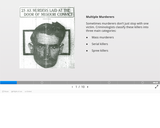
Multiple Murderers, Mass Murderers Slideshow
- Subject:
- Career and Technical Education
- Criminal Justice
- Material Type:
- Interactive
- Provider:
- Michigan Virtual
- Date Added:
- 07/29/2019

Multiple Murderers, Mass Murderers Slideshow
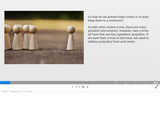
Hate Crimes Slideshow
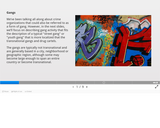
Gangs and Gang Members Slideshow

Identity Theft Slideshow
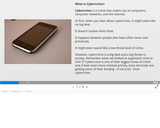
Overview of Cybercrime
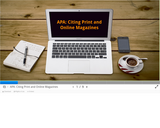
In this learning object, students will learn how to format in-text citations and reference list entries for print and online magazines.
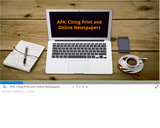
In this learning object, students will learn how to format in-text citations and reference list entries for print and online newspapers.
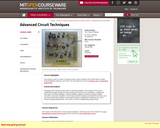
Following a brief classroom discussion of relevant principles, each student completes the paper design of several advanced circuits such as multiplexers, sample-and-holds, gain-controlled amplifiers, analog multipliers, digital-to-analog or analog-to-digital converters, and power amplifiers. One of each student's designs is presented to the class, and one may be built and evaluated. Associated laboratory emphasizing the use of modern analog building blocks. Alternate years.
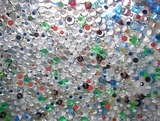
The purpose of this Roadmap is work on the Science and Engineering Practices—specifically engaging in argument from evidence and obtaining, evaluating, and communicating information. During this roadmap students will synthesize information from several articles about plastics and the environment and the role regulation plays in our communities. At the end of their research students are expected to write an opinion essay answering the question: Should we ban plastics?.
This opinion piece is also an opportunity for students to practice writing in Claim-Evidence-Reasoning. As an extension, students can then engage in a debate but this is optional based on time constraints and how ‘in depth’ you want this to be for your students.
Overall expect this to take several days 2 for research and synthesis, 1 to write their papers, and then additional time for debate.
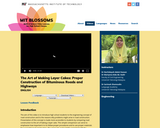
The aim of this video is to introduce high school students to the engineering concept of road construction and to the reasons why problems might arise in road construction. Presentation of this concept is made more accessible to students by comparing road construction to the art of baking a layer cake. This simple comparison can serve to emphasize how important it is to follow proper procedures and to use proper materials for successful road construction. The approach used is highly correlated with the common knowledge of baking layer cakes in Malaysia. Students should be able to relate the procedure of baking a layer cake to the importance of following the correct methods of road construction. An understanding of basic statistics is necessary before starting this lesson. This lesson will take almost 60 minutes to complete. During activity breaks, students are required to answer questions and complete assigned tasks related to the subject.

Give Civics, Law, U.S. History students practice in analyzing historical Primary Source document and connect to contemporary news. Develop writing process to incorporate claims, evidence, and reasoning.
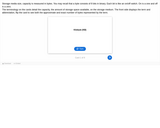
Dialog cards presenting the data storage terminology
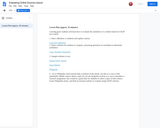
Students will evaluate websites for reliability and usefulness for research purposes.
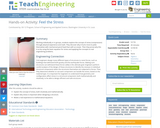
Working individually or in groups, students explore the concept of stress (compression) through physical experience and math. They discover why it hurts more to poke themselves with mechanical pencil lead than with an eraser. Then they prove why this is so by using the basic equation for stress and applying the concepts to real engineering problems.
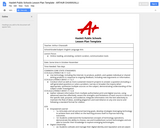
Introducing students to online reading, annotating, content curation, communication tools
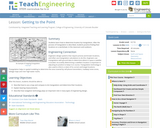
In this lesson, students learn how to determine location by triangulation. We describe the process of triangulation and practice finding your location on a worksheet, in the classroom, and outdoors.
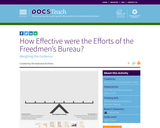
Students will analyze documents from the War Department’s Bureau of Refugees, Freedmen, and Abandoned Lands — better known as the Freedmen’s Bureau — that Congress established on March 3, 1865, as the Civil War was coming to an end. Using the scale in Weighing the Evidence, students will evaluate the effectiveness of the Freedmen’s Bureau in assisting formerly enslaved persons. Learning Objectives: Students will be able to identify and draw conclusions about the roles of the Freedmen’s Bureau (Bureau of Refugees, Freedmen, and Abandoned Lands), critically analyze primary sources, formulate opinions about the effectiveness of the Bureau, and back up their opinions verbally or in writing.
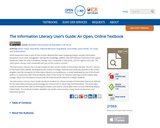
Good researchers have a host of tools at their disposal that make navigating today’s complex information ecosystem much more manageable. Gaining the knowledge, abilities, and self-reflection necessary to be a good researcher helps not only in academic settings, but is invaluable in any career, and throughout one’s life. The Information Literacy User’s Guide will start you on this route to success.The Information Literacy User’s Guide is based on two current models in information literacy: The 2011 version of The Seven Pillars Model, developed by the Society of College, National and University Libraries in the United Kingdom and the conception of information literacy as a metaliteracy, a model developed by one of this book’s authors in conjunction with Thomas Mackey, Dean of the Center for Distance Learning at SUNY Empire State College. These core foundations ensure that the material will be relevant to today’s students.The Information Literacy User’s Guide introduces students to critical concepts of information literacy as defined for the information-infused and technology-rich environment in which they find themselves. This book helps students examine their roles as information creators and sharers and enables them to more effectively deploy related skills. This textbook includes relatable case studies and scenarios, many hands-on exercises, and interactive quizzes.
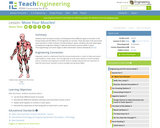
This lesson covers the topic of muscles. Students learn about the three different types of muscles in the human body and the effects of microgravity on muscles. Students also learn how astronauts need to exercise in order to lessen muscle atrophy in space. Students discover what types of equipment engineers design to help the astronauts exercise while in space.
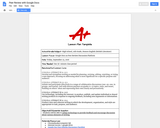
Using Google Docs as a discussion platform for peer review of written work.